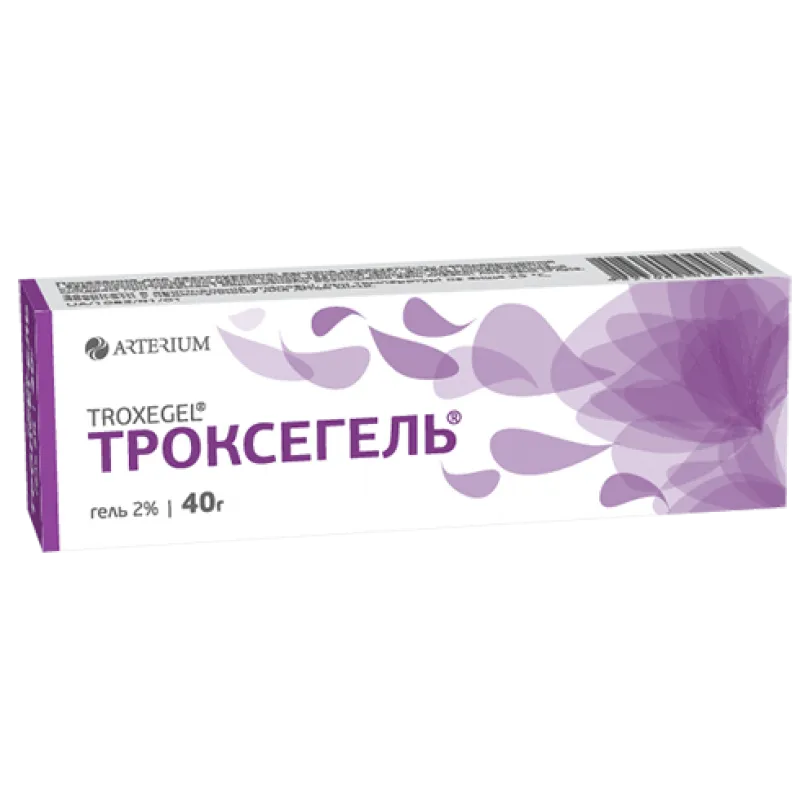Description
Troxegel (Troxerutin) Gel 2% 40 g Tube
Ingredients
- Active ingredient: Troxerutin 2%
- Other ingredients: Carbomer, disodium edetate, diisopropanolamine, purified water
Dosage
Apply a thin layer of Troxegel on the affected area 2-3 times a day. Gently massage the gel into the skin until fully absorbed. Avoid contact with eyes, mucous membranes, or open wounds.
Indications
Troxegel is indicated for the relief of symptoms associated with chronic venous insufficiency, such as pain, heaviness, and swelling in the legs. It helps improve blood circulation and reduce inflammation in the affected areas.
Contraindications
Do not use Troxegel if you are allergic to troxerutin or any other ingredients in the gel. Consult a healthcare professional before use if pregnant, nursing, or have any medical conditions.
Directions
- For external use only
- Clean and dry the affected area before applying Troxegel
- Do not bandage or wrap the area after application unless directed by a healthcare provider
Scientific Evidence
Troxerutin, the active ingredient in Troxegel, has been extensively studied for its venotonic and capillary-protective effects. Research has shown that troxerutin can improve venous tone, reduce capillary permeability, and enhance microcirculation, making it an effective treatment for chronic venous insufficiency.
Additional Information
Pharmacological Effects: Troxerutin acts by strengthening the walls of blood vessels, reducing inflammation, and improving blood flow. It also has antioxidant properties that help protect cells from damage.
Clinical Trials: Several clinical trials have demonstrated the efficacy of troxerutin in improving symptoms of chronic venous insufficiency, such as leg pain, swelling, and skin changes. One study published in the Journal of Vascular Research found that troxerutin significantly reduced edema and improved venous function in patients with venous insufficiency.





